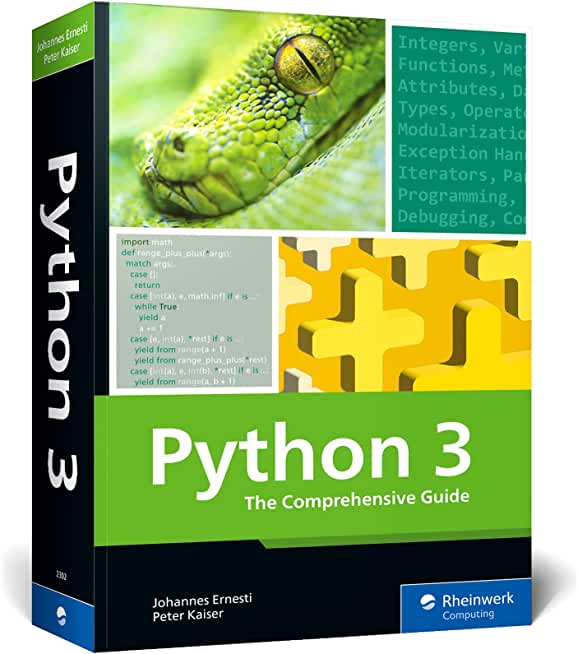XML for the Enterprise Training in St. Joseph
Enroll in or hire us to teach our XML for the Enterprise class in St. Joseph, Missouri by calling us @303.377.6176. Like all HSG
classes, XML for the Enterprise may be offered either onsite or via instructor led virtual training. Consider looking at our public training schedule to see if it
is scheduled: Public Training Classes
Provided there are enough attendees, XML for the Enterprise may be taught at one of our local training facilities.
|
We offer private customized training for groups of 3 or more attendees.
|
||
Course Description |
||
| This comprehensive course provides a full tour of the most prevalent XML
standards, and introductory-to-intermediate training in each: XML
itself, XML Schema, XSLT, and XSLFO. This is a great fit for students
who are planning to work extensively with XML in the near future, as it
gives a good grounding in how to manage XML information, define XML
models (using XML Schema), transform XML information to text, HTML, or
other XML formats (using XSLT), or to print-ready PDFs (using XSLFO).
Course Length: 5 Days
Course Tuition: $2250 (US) |
||
Prerequisites |
|
| None | |
Course Outline |
Module 1. Introduction to XMLChapter 1. A Brief History of XML
Chapter 2. XML Grammar
Chapter 3. Valid XML
Chapter 4. Using XML in Applications
Module 2. XML SchemaChapter 1. Getting Started with XML Schema
Chapter 2. Simple Types
Chapter 3. Complex Types
Module 3. XSLTChapter 1. Getting Started with XSLT
Chapter 2. XPath
Chapter 3. Templates and Production
Chapter 4. Dynamic Content and Flow Control
Chapter 5. Variables and Template Management
Module 4. XSLFOChapter 1. Getting Started
Chapter 2. Page Masters
Chapter 3. Formatting
Chapter 4. Formatting
Appendix A. Learning ResourcesAppendix B. Quick Reference: W3C Namespaces |
Course Directory [training on all levels]
Technical Training Courses
Software engineer/architect, System Admin ... Welcome!
- .NET Classes
- Agile/Scrum Classes
- AI Classes
- Ajax Classes
- Android and iPhone Programming Classes
- Azure Classes
- Blaze Advisor Classes
- C Programming Classes
- C# Programming Classes
- C++ Programming Classes
- Cisco Classes
- Cloud Classes
- CompTIA Classes
- Crystal Reports Classes
- Data Classes
- Design Patterns Classes
- DevOps Classes
- Foundations of Web Design & Web Authoring Classes
- Git, Jira, Wicket, Gradle, Tableau Classes
- IBM Classes
- Java Programming Classes
- JBoss Administration Classes
- JUnit, TDD, CPTC, Web Penetration Classes
- Linux Unix Classes
- Machine Learning Classes
- Microsoft Classes
- Microsoft Development Classes
- Microsoft SQL Server Classes
- Microsoft Team Foundation Server Classes
- Microsoft Windows Server Classes
- Oracle, MySQL, Cassandra, Hadoop Database Classes
- Perl Programming Classes
- Python Programming Classes
- Ruby Programming Classes
- SAS Classes
- Security Classes
- SharePoint Classes
- SOA Classes
- Tcl, Awk, Bash, Shell Classes
- UML Classes
- VMWare Classes
- Web Development Classes
- Web Services Classes
- Weblogic Administration Classes
- XML Classes
Business Training Courses
Project Managers, Business Analysts, Paralegals ... Welcome!
Upcoming Classes
Gain insight and ideas from students with different perspectives and experiences.






